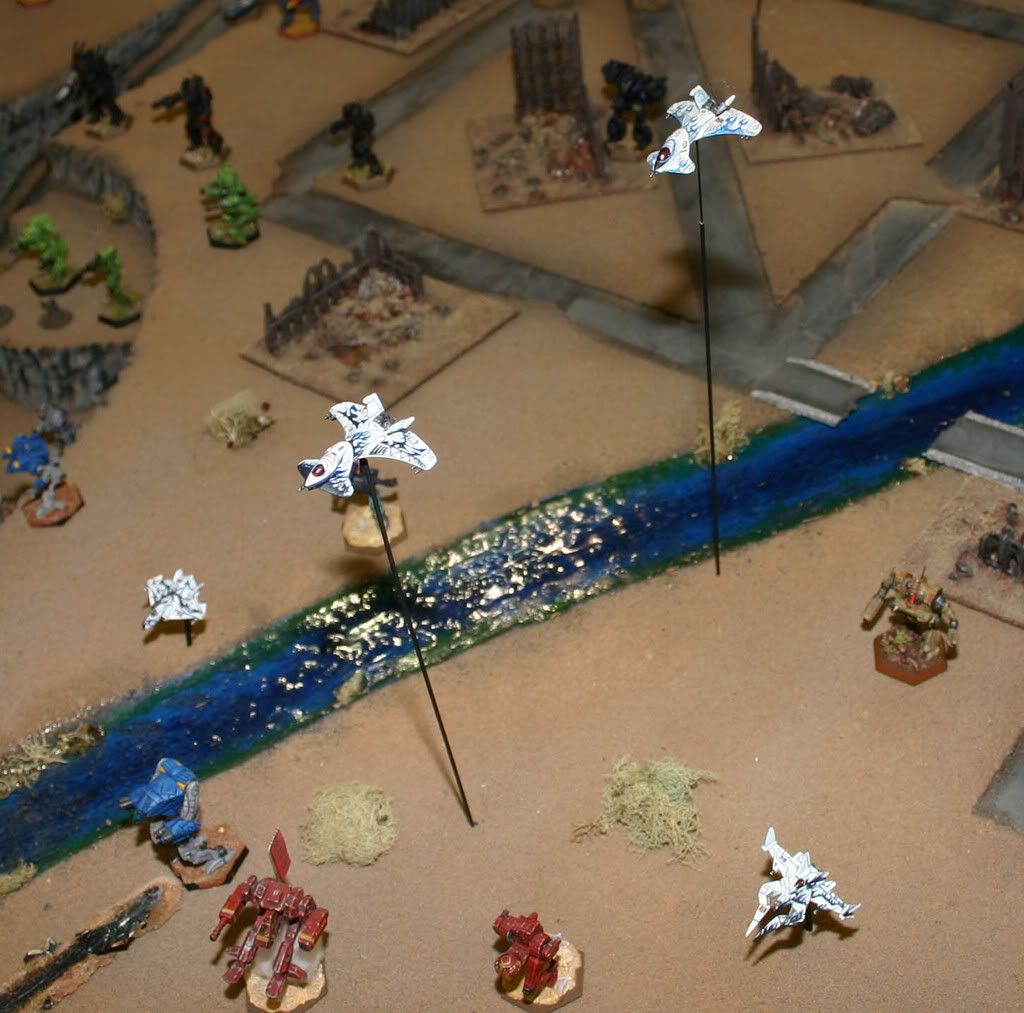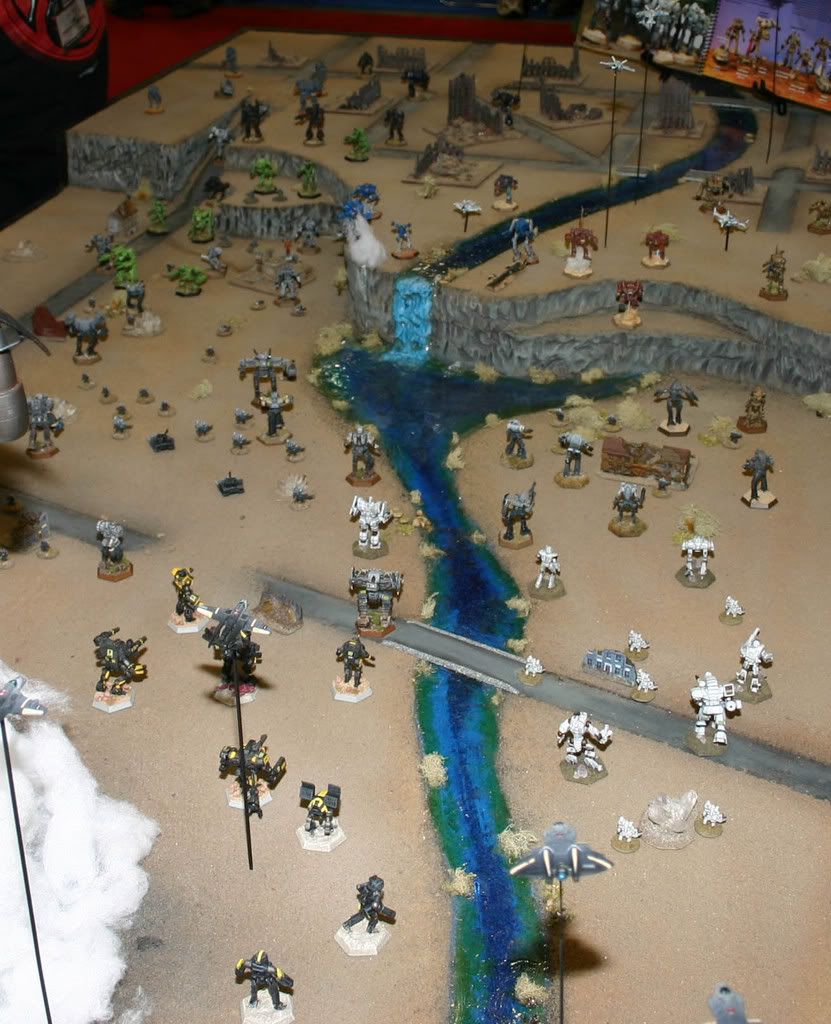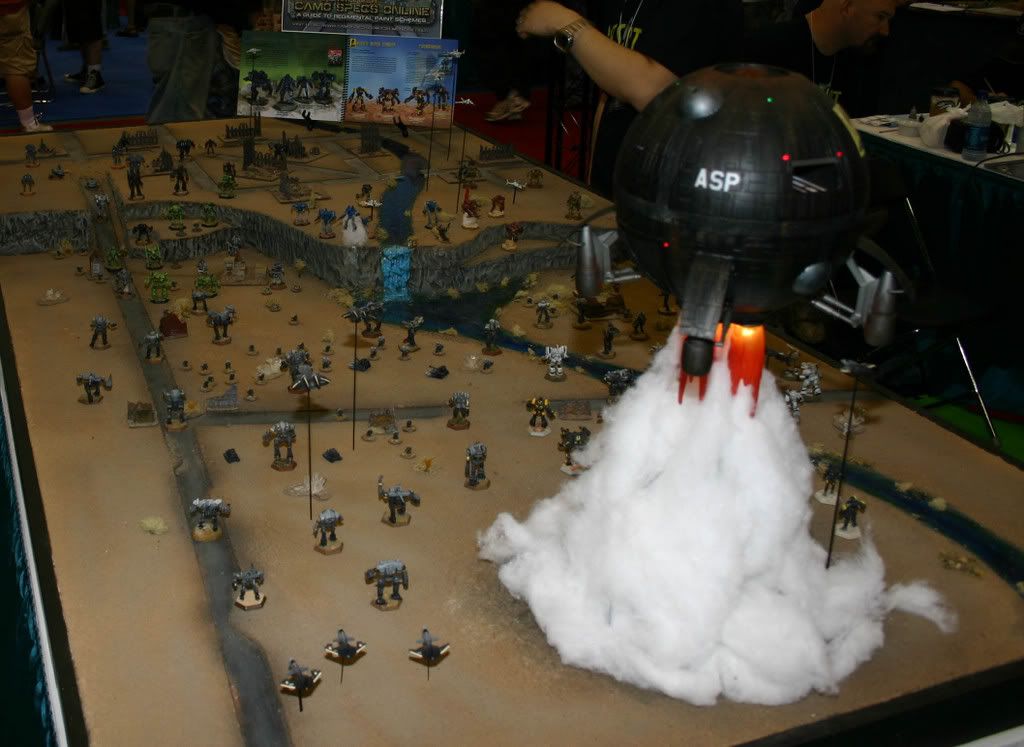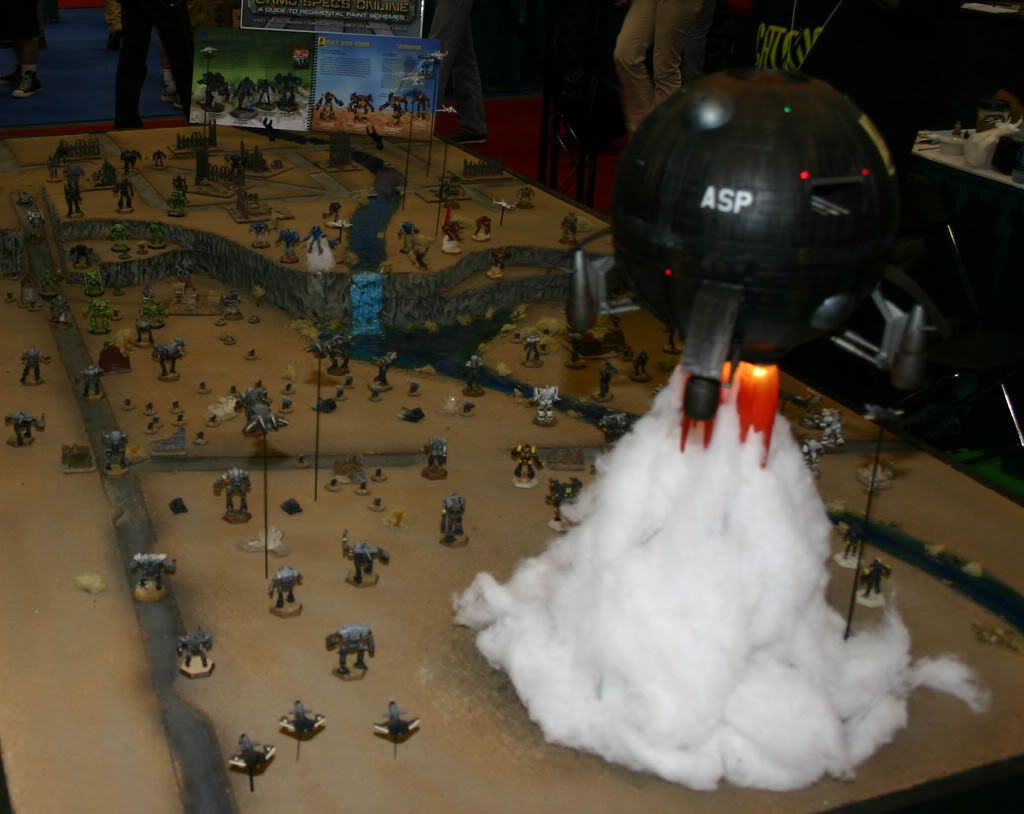It is not my intent to turn this blog into a statistics textbook, but there are some topics I feel like I ought to introduce in a simple form before I launch into more complex discussions. One of these is the concept of a survival distribution.
A probability distribution is a type of function that describes the behavior certain types of random events. Most gamers should intuitively understand the probabilities that result from a single roll of a die, which is formally known as the Discrete Uniform distribution, and those with a basic knowledge of statistics will be familiar with the Normal distribution.
Survival distributions are a subset of probability distributions that can describe the probability that some length of time T will pass before an event X occurs. In the discrete case, this becomes the number of attempt or trials T until event X is observed. An example of the latter is the Geometric distribution. Here there is some probability p that the event will occur on each trial. A simple example would be: “How many times will you roll a six-sided die before getting “6” as the result. The probability of getting a “6” is p=1/6 = 0.1667, and the average or expected value is 1/p or six trials (rolls of the die) before getting a six.
 The other reason for this post (the truth comes out) is that I had a nice plot left over from my previous example using the game Hammer’s Slammers, but really needed to describe the Geometric distribution first. Here is a chart illustrating the distribution of the number of attacks on a unit before it is destroyed. For example, a unit subject to 6 1:1 attacks has about 35% chance of survival (or 65% chance of destruction). As you can see, the lower attack-defense ratios (1-3 to 1-2) might require a large number of attempts before destroying the unit, but the higher ratios have very good change of destroying the target in just a few (or one) attempts.
The other reason for this post (the truth comes out) is that I had a nice plot left over from my previous example using the game Hammer’s Slammers, but really needed to describe the Geometric distribution first. Here is a chart illustrating the distribution of the number of attacks on a unit before it is destroyed. For example, a unit subject to 6 1:1 attacks has about 35% chance of survival (or 65% chance of destruction). As you can see, the lower attack-defense ratios (1-3 to 1-2) might require a large number of attempts before destroying the unit, but the higher ratios have very good change of destroying the target in just a few (or one) attempts.So that, in a nutshell, is my introduction to survival distributions. In the ongoing discussion of the value of units within a game, this is going to be a key concept; the longer a unit survives within a game, the more opportunity there will be for it to be useful - to destroy the other players units - and the longer it can survive the greater its value will be. Next up (well, soon) will be an introduction to a type of survival distribution that can apply to Point Objective Games.
UPDATE: See the next post in this series.





















![Reblog this post [with Zemanta]](http://img.zemanta.com/reblog_e.png?x-id=f67eec68-e396-4b2b-830d-8916d6126410)



















